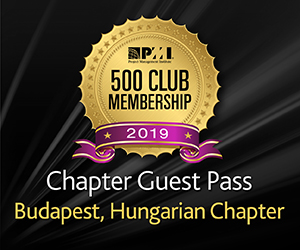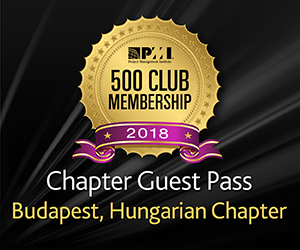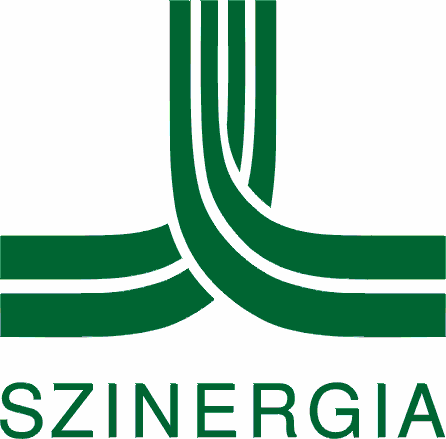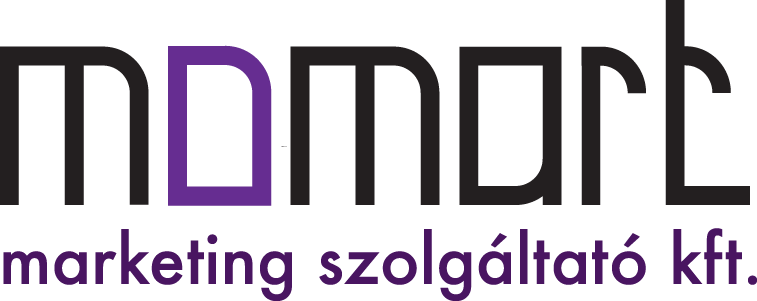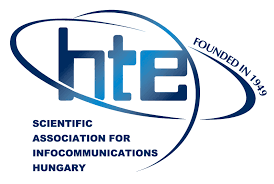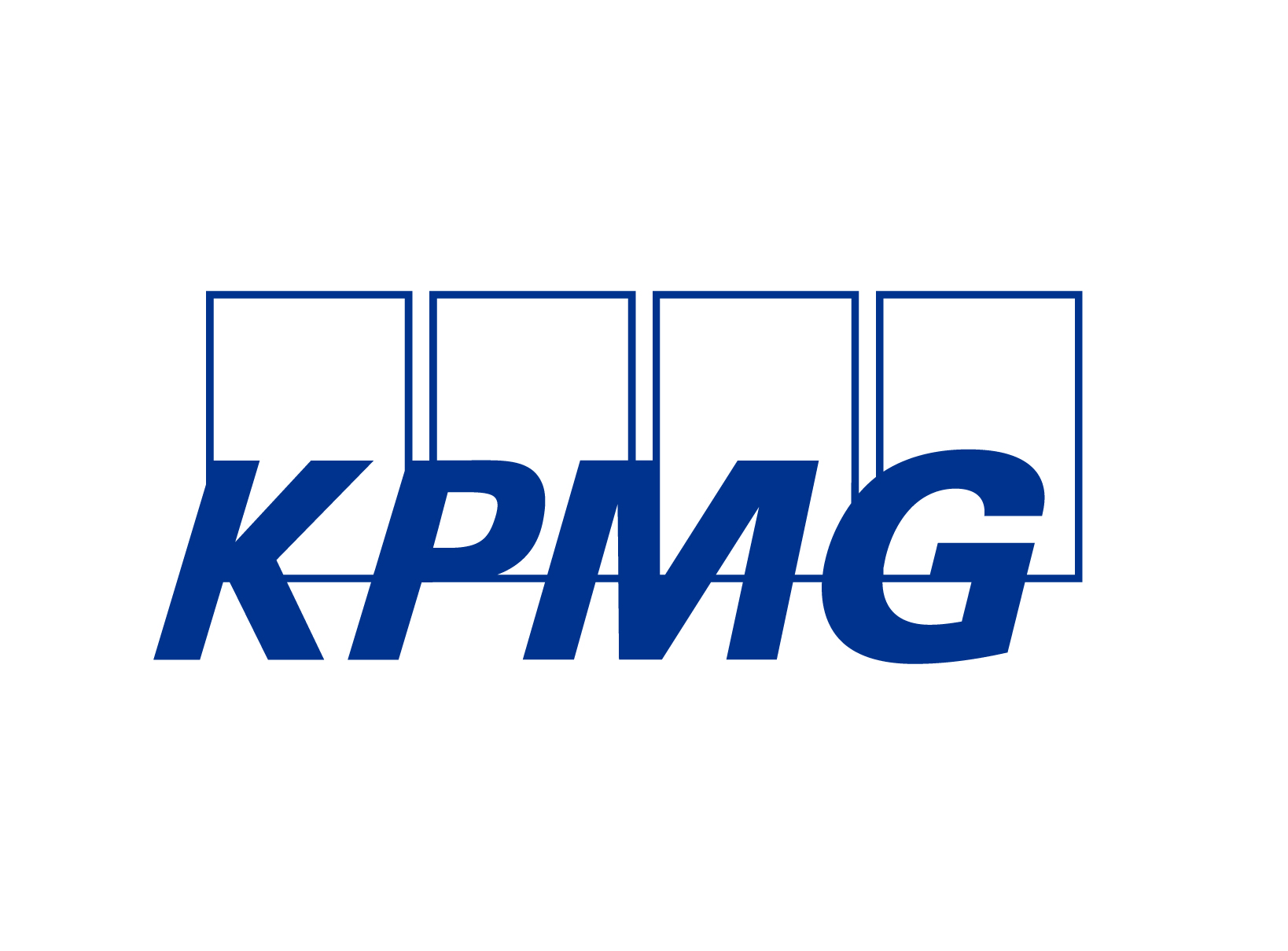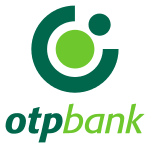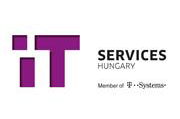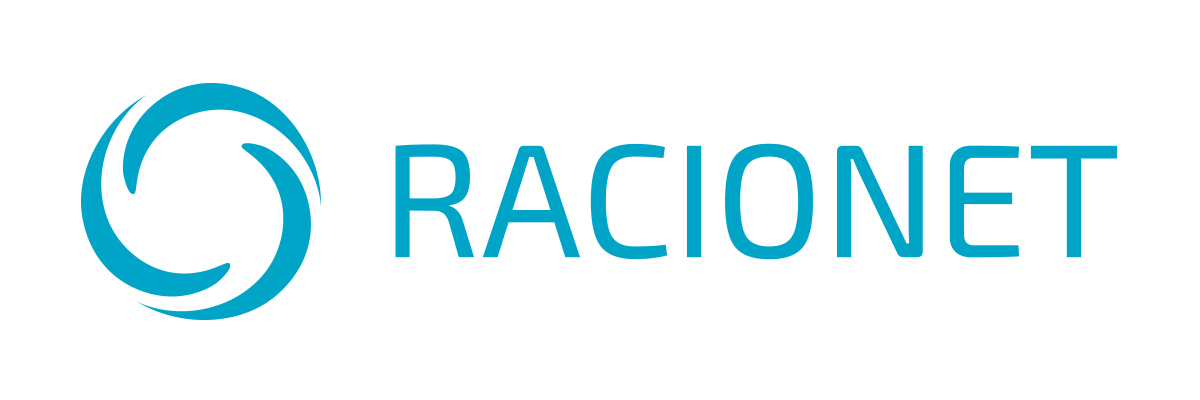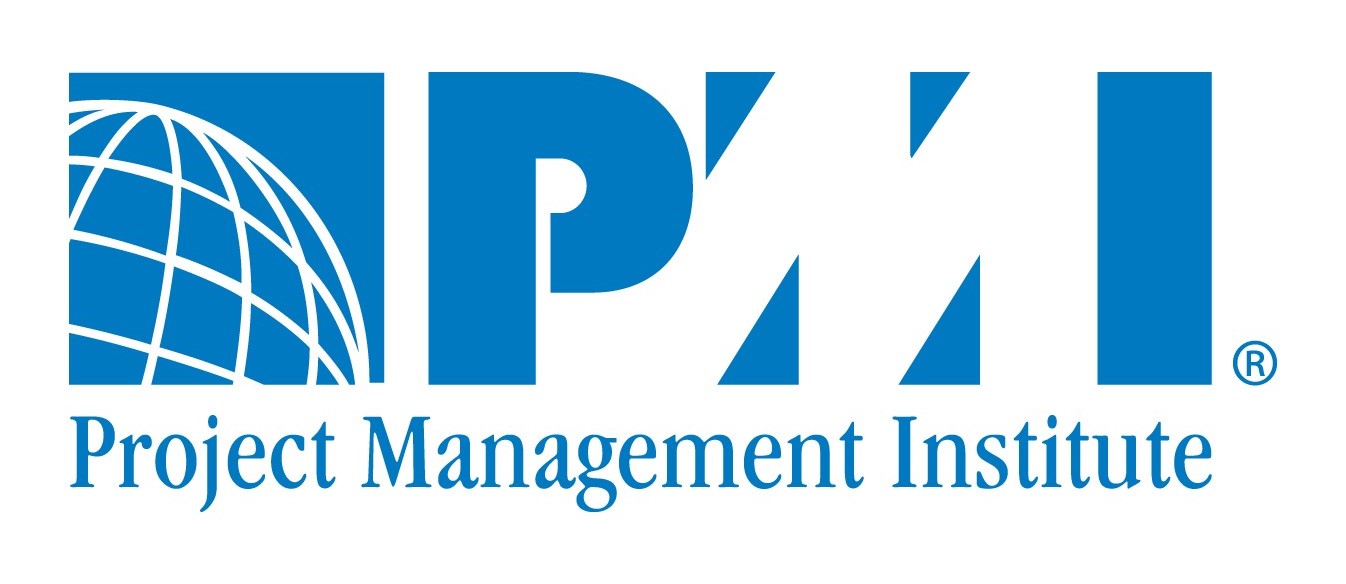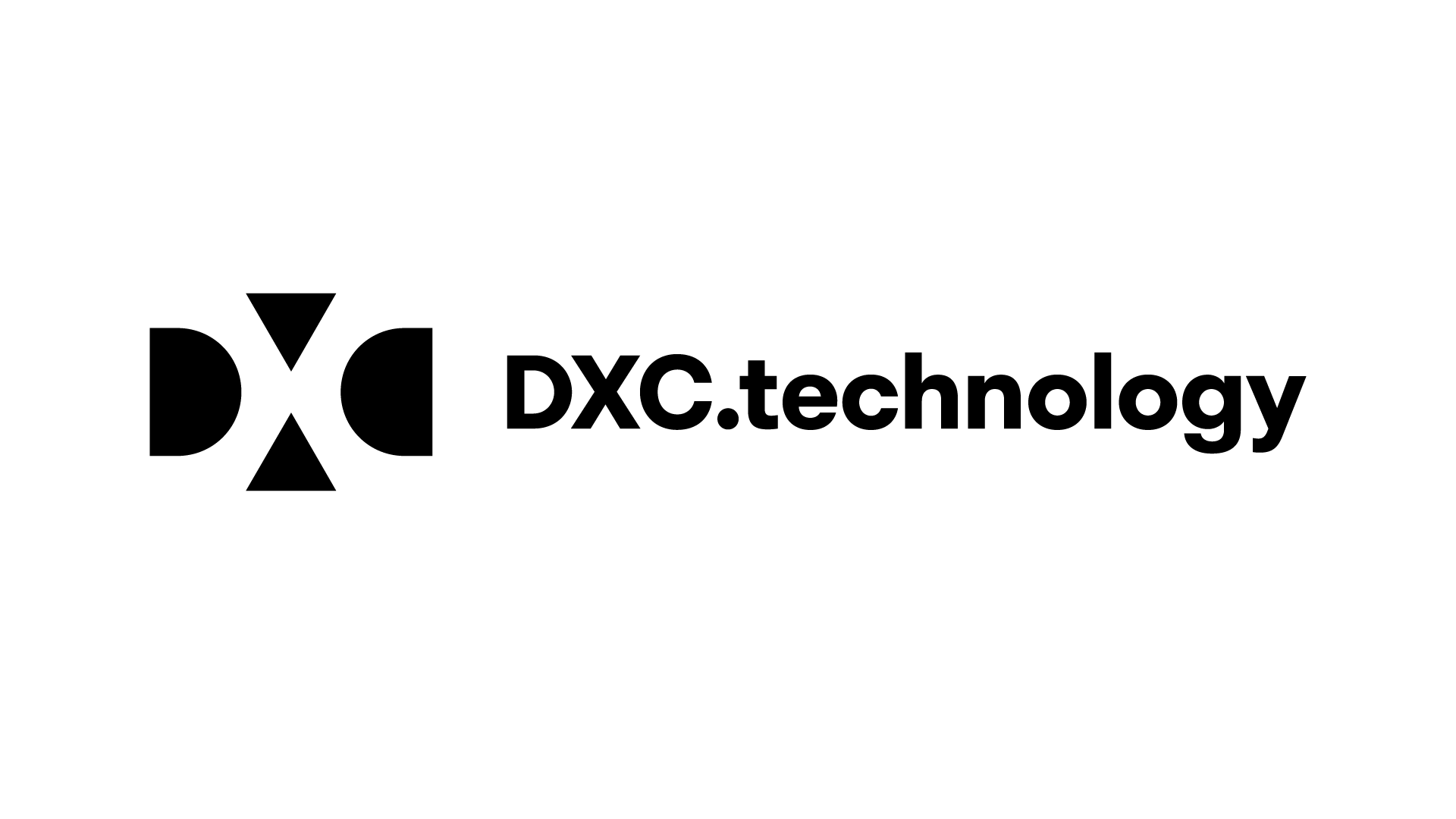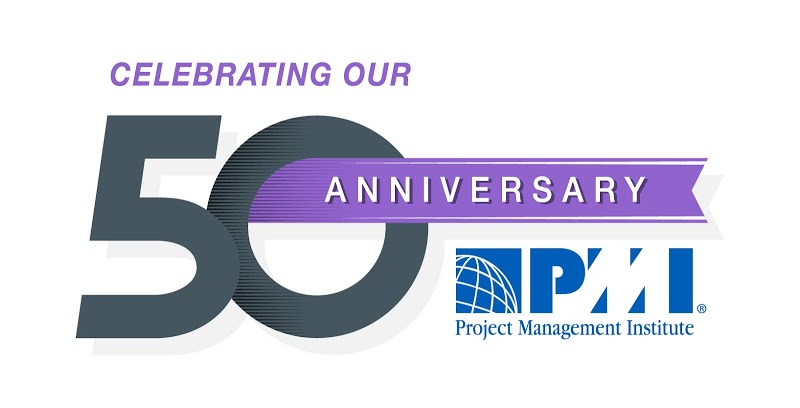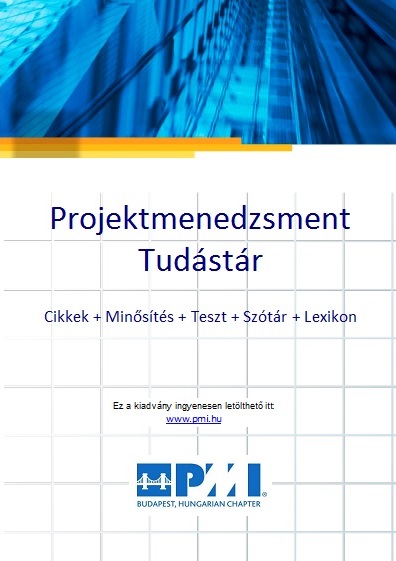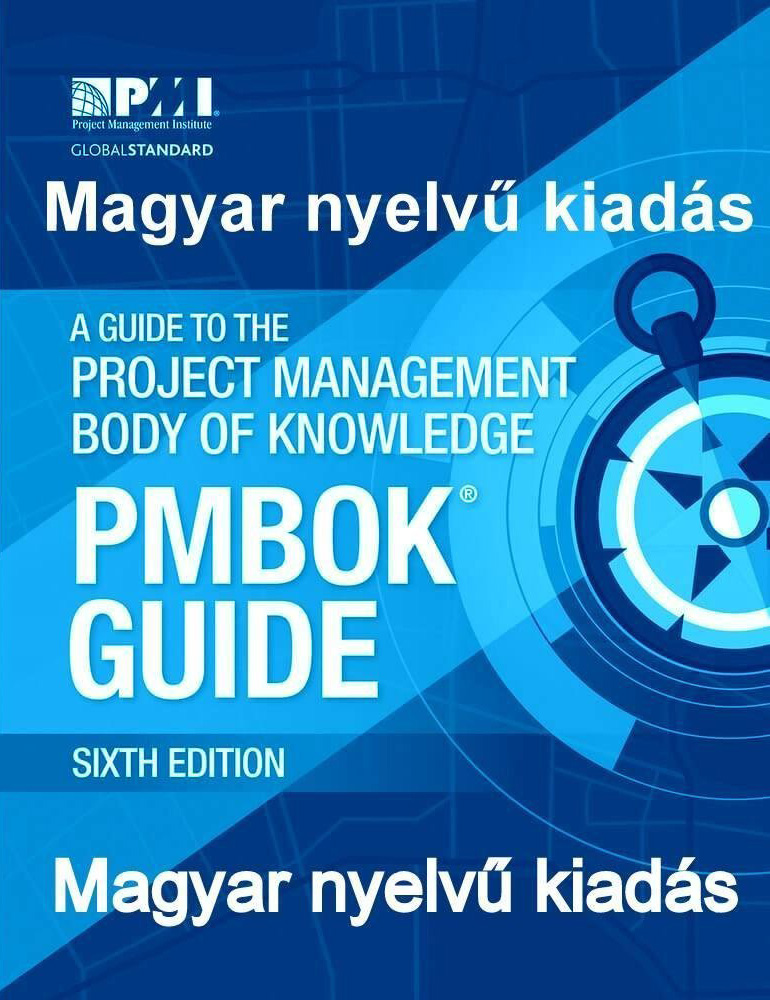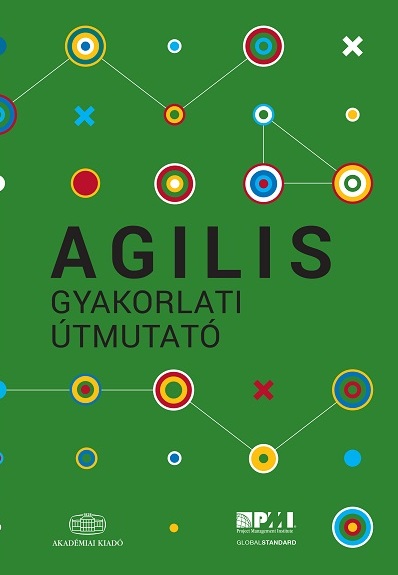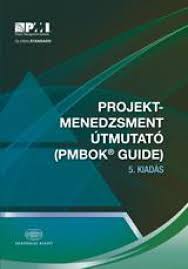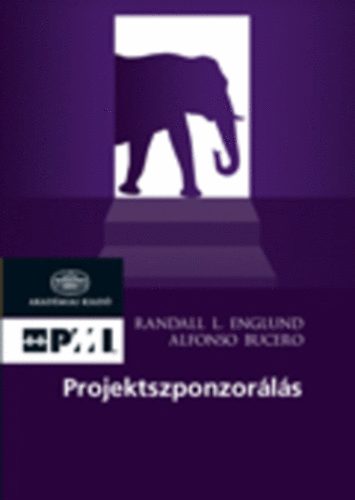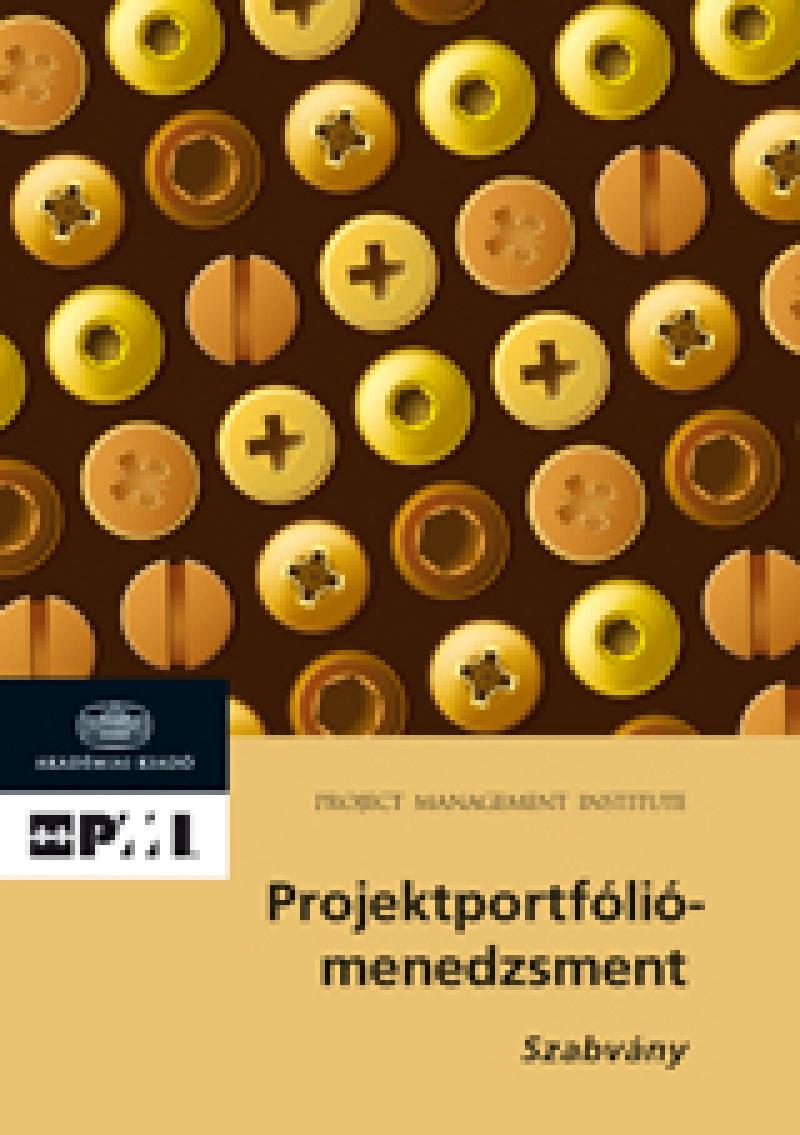If you want to make your projects flow faster and with less wasted effort, there are a variety of project management methodologies you can use. Though each of them has their own advantages, they may not apply to the projects your team is working on. It’s probably wise to thoroughly review each methodology too see if it fits well with your project. Keep in mind that you can always adapt your team’s workflow process if it doesn’t perfectly match up. That way, you can maximize the project management methodology’s effectiveness.
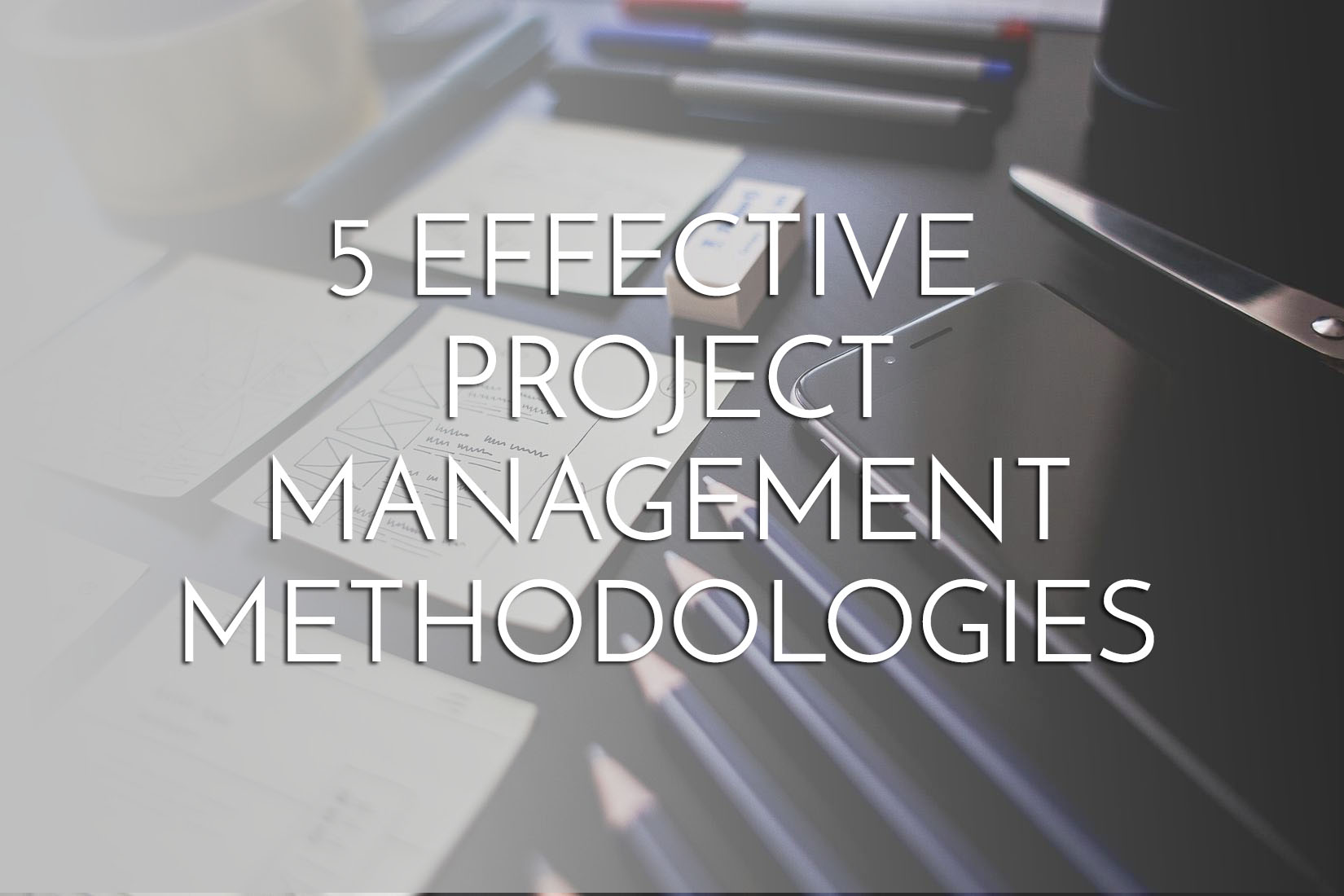
1. Waterfall Project Management
waterfall project management Traditional, or “waterfall” project management handles things sequentially, from the concept and planning phase through to development and quality assurance and finally project completion and maintenance. Project requirements are usually defined at the beginning, with little to no alterations to the plan unless absolutely necessary. The waterfall methodology is used most often for large-scale software development projects where thorough planning and a predictable process are paramount.
2. Agile Project Management
Agile project management focuses on adaptability to changing situations and constant, regular feedback – whether it’s from the client or from other members of the team. This is ideal when clients or management need to be in on the production process, resulting in changing requirements and drastic shifts in team assignments. Agile project management is usually ideal for smaller software projects and/or those with accelerated development schedules.
3. Critical chain / path
Critical chain As opposed to waterfall and agile project management, that focus more on schedules and tasks, the critical chain project management methodology is geared more towards solving resource problems. Each project has a certain set of core elements, called a critical chain (sometimes referred as critical path), that establish a project’s minimum timeline. The critical chain methodology devotes adequate resources to this critical chain while devoting enough resources to other tasks such that they can run concurrently, but still have enough of a buffer to reassign resources when needed. This setup is ideal for resource-heavy teams, or for those who have enough flexibility in their team members’ respective skill sets.
4. PRiSM
Projects integrating Sustainable Methods (PRiSM) was developed by GPM Global as a means of creating a methodology that took environmental factors into account while being a repeatable, efficient process that could easily be incorporated into various large-scale projects. PRiSM is unique in that it is one of the few project management methodologies that requires and rewards project managers with accreditation. PRiSM is used primarily for large-scale real estate development or construction/infrastructure projects that may result in adverse environmental effects.
5. PRINCE2
PRINCE2 is a government-endorsed project management methodology, released and supported by the UK government in 1996. It is a very process-oriented methodology, dividing projects into multiple stages, each with their own plans and processes to follow. Like PRiSM, PRINCE2 requires accreditation via exams. PRINCE2 is a complicated yet thorough methodology, but the project manager needs to determine whether or not it will scale properly with their specific requirements.
The original source of this article you can read here.

